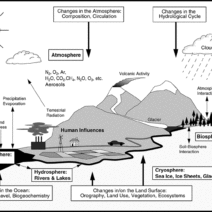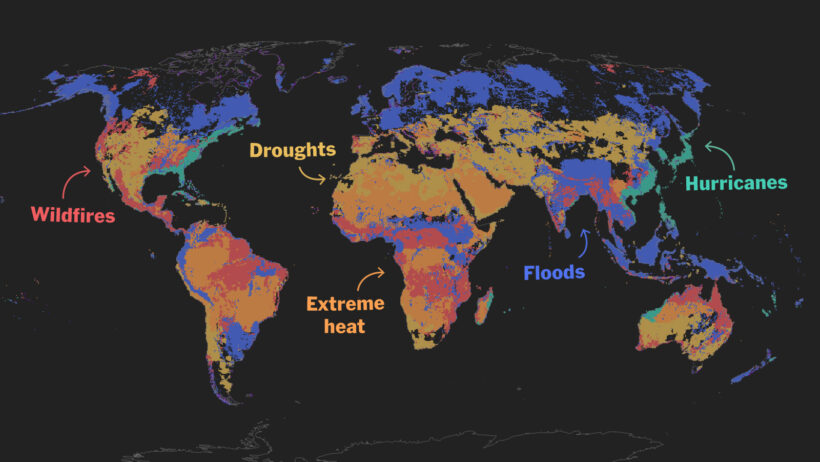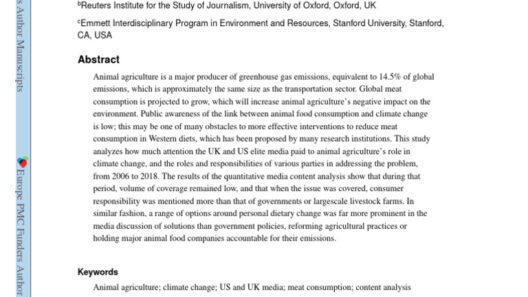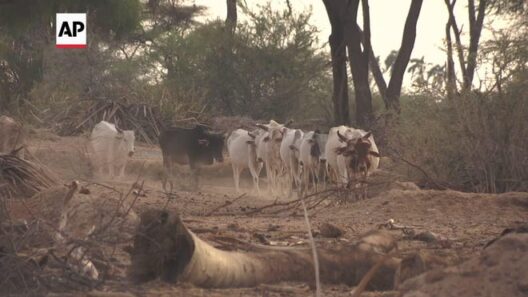Central Mexico, a region celebrated for its rich cultural heritage and stunning landscapes, is currently confronting the harsh realities of global warming. This phenomenon is not merely a distant threat; it is reshaping the climatic conditions of the region, leading to dramatic alterations in temperature patterns, precipitation levels, and ultimately, the very fabric of life itself. A closer examination reveals that the rising heat is symptomatic of broader environmental shifts that have profound implications for biodiversity, agriculture, water resources, and human health.
Global warming, primarily driven by anthropogenic activities, has elevated global temperatures, triggering a cascade of climate-related events. In Central Mexico, particularly in urban centers like Mexico City, the rise in temperatures is a notable concern. On average, temperatures in this region have increased by about 1.5 degrees Celsius since pre-industrial times. Such alterations, while they may appear modest on paper, have far-reaching consequences when it comes to climate resilience and adaptation capacity.
The geographical characteristics of Central Mexico exacerbate the impacts of rising heat. Enclosed by mountains and situated at high altitudes, the region suffers from heat island effects, where urbanization intensifies local temperatures. Cities absorb and retain heat more effectively than rural areas, resulting in elevated nighttime temperatures. Thus, the nocturnal cooling that once provided respite has become less effective, leading to increased heat stress for residents.
Furthermore, the increased temperature exacerbates the region’s vulnerability to droughts. With heat intensifying evaporation rates, the availability of water becomes alarmingly precarious. Central Mexico relies heavily on seasonal rains, which are becoming increasingly erratic due to climate change. The shift in precipitation patterns leads to dry spells, adversely affecting agriculture. Traditional crops, corn and beans, which form the cornerstone of the local diet, are particularly susceptible to moisture deficits and heightened temperatures.
Another dimension to this issue is the synergy between agricultural practices and climate resilience. The reliance on monoculture and chemical fertilizers has diminished the soil’s natural resilience, rendering it less capable of retaining moisture. As temperatures continue to soar, farmers face dwindling harvests, creating a cascading effect on local economies. The economic burden weighs heavily, creating both food insecurity and exacerbating poverty levels. Consequently, many are forced to abandon rural life, leading to increased urban migration, further taxing already strained urban resources.
Human health repercussions are equally alarming. Elevated temperatures heighten the risk of heat-related illnesses, particularly in vulnerable populations such as the elderly and children. Moreover, the interplay between warmer climates and pollution exacerbates respiratory ailments. Insights from recent studies reveal that increased temperatures often correlate with elevated ozone levels, leading to increased incidences of asthma and other lung diseases. In this paradigm, the stakes transcend mere discomfort; they touch upon the fundamental aspects of public health.
Moreover, biodiversity within Central Mexico is under siege. The region is home to many endemic species, adapted to its unique climate and landscapes. However, as temperatures rise and ecosystems are disrupted, species face extinction or are forced to migrate to more suitable habitats. Such disruptions can create ecological imbalances, leading to a cascade of consequences that affect not just flora and fauna, but also human livelihoods dependent on these ecosystems. Loss of biodiversity undermines the resilience of agricultural systems, further complicating food security issues.
Addressing the escalating heat and its consequences requires a multifaceted approach. Mitigation efforts must be at the forefront to curtail greenhouse gas emissions. While global initiatives play a crucial role, local activism is indispensable in fostering a culture of sustainability. Educating communities about sustainable practices, promoting agroecology, and emphasizing biodiversity conservation can create a pivotal shift towards resilience.
Adaptation strategies are equally paramount. Governments, in collaboration with local communities, must enhance water management systems to ensure sustainable usage. Investing in technology that promotes efficient irrigation can significantly alleviate stress on water resources. Moreover, urban planning should incorporate green spaces that can mitigate heat effects and promote biodiversity within city environments. Innovations, such as cool roofs and urban forests, can help counteract the detrimental heat island effect, fostering healthier urban ecosystems.
In conclusion, the journey towards understanding Central Mexico’s unique climatic challenges in the face of global warming reveals a complex tapestry of interconnections. The rising heat is not merely a localized phenomenon but a manifestation of global climate change with profound implications. The unfolding scenario calls for immediate action and collaborative efforts, intertwining ecological sustainability with community resilience. Through collective awareness and proactive measures, there lies a potential pathway towards a more sustainable future for this vibrant region, ensuring that its rich cultural and ecological legacies endure for generations to come.







